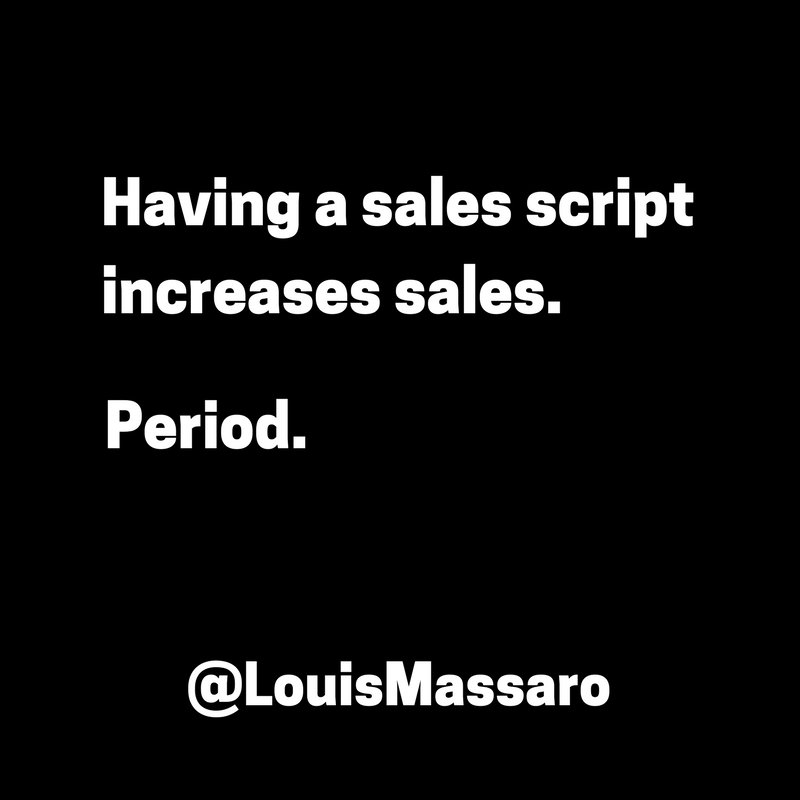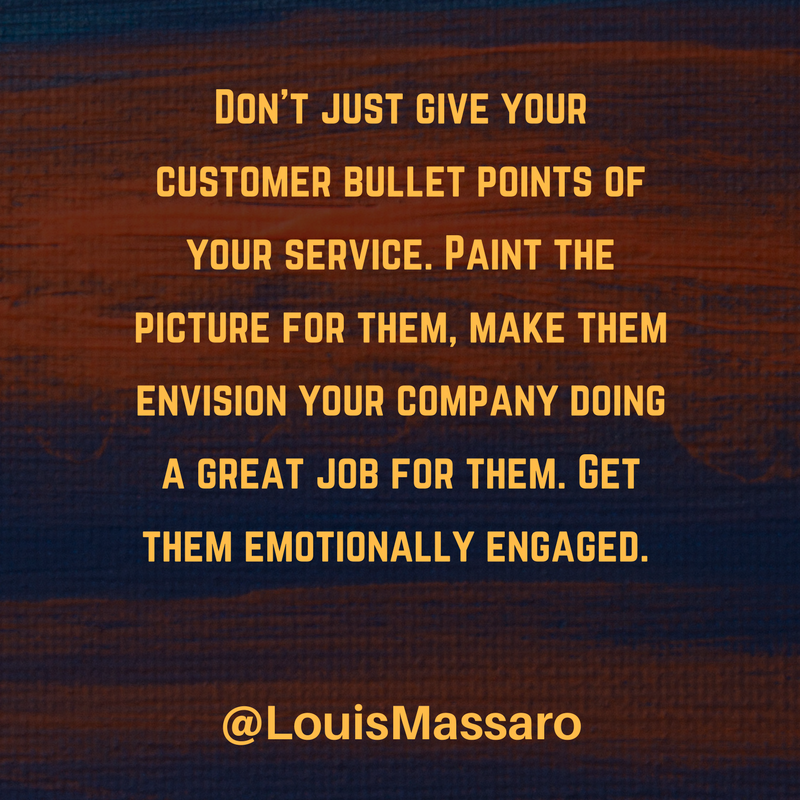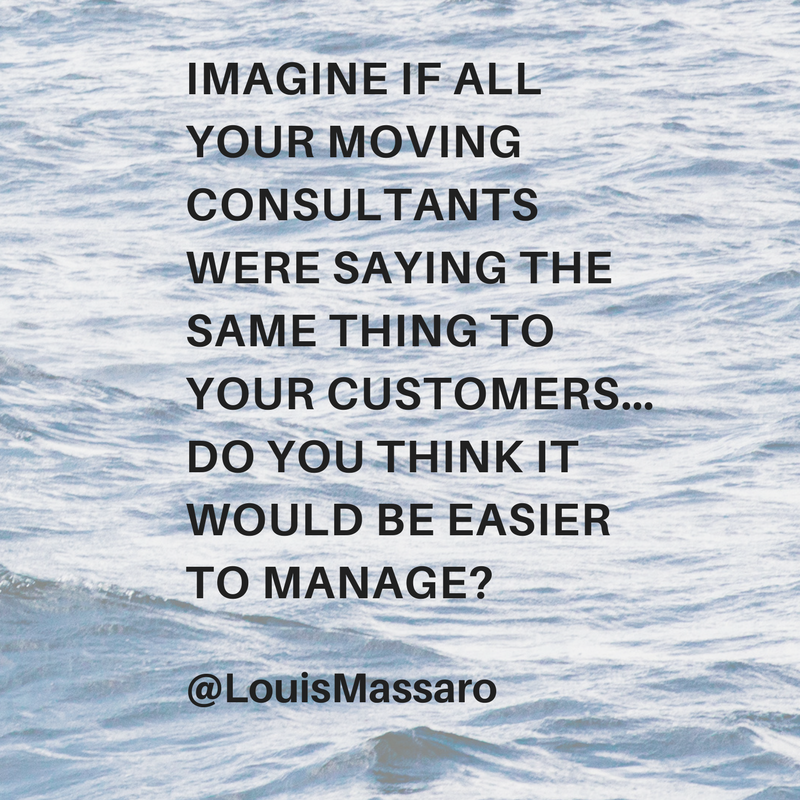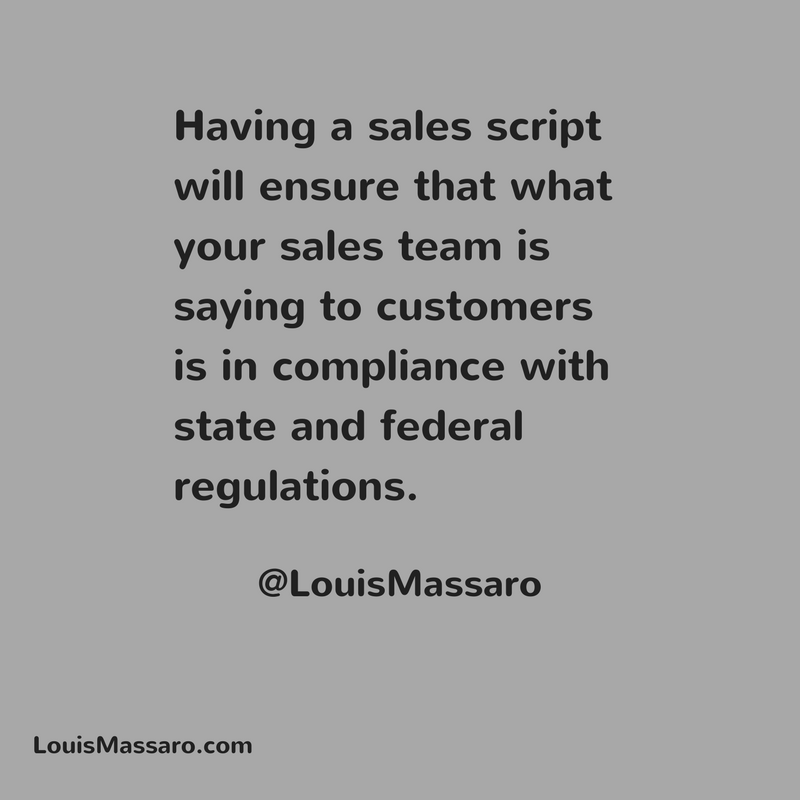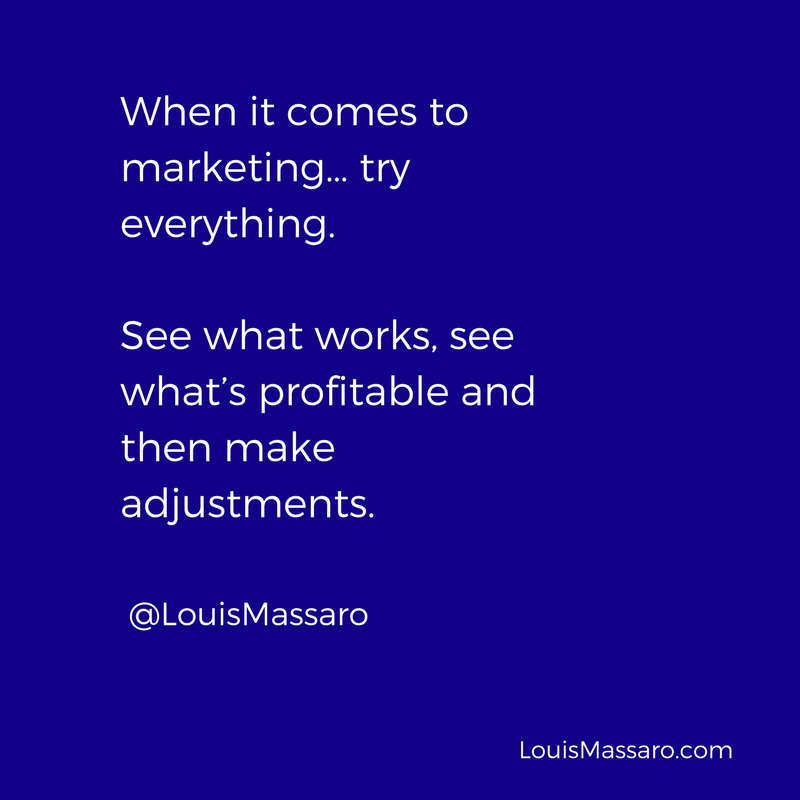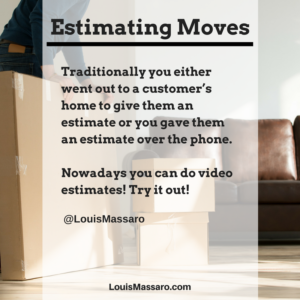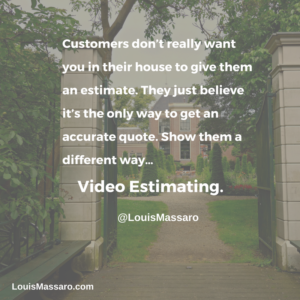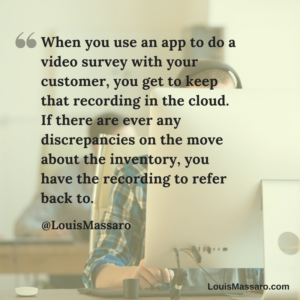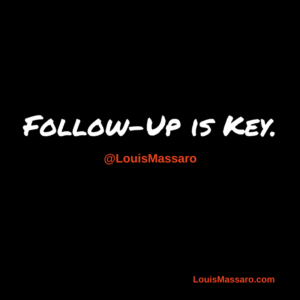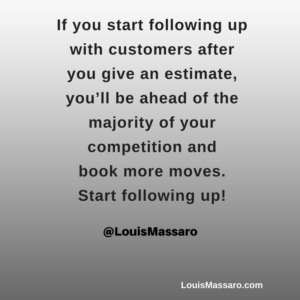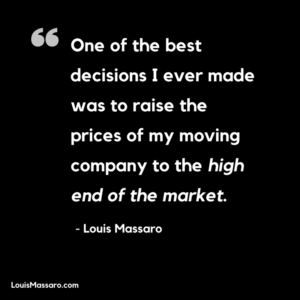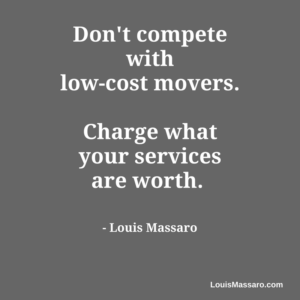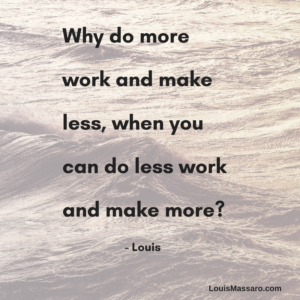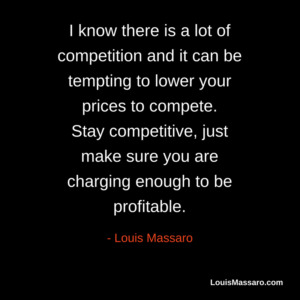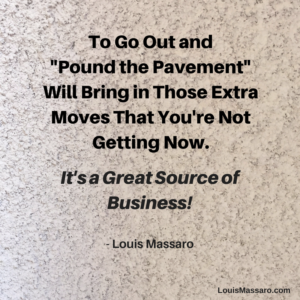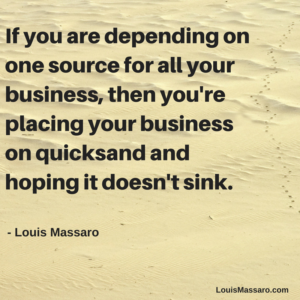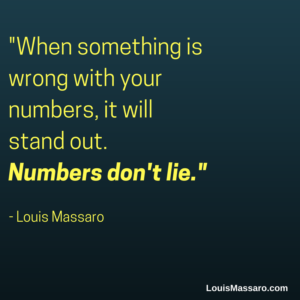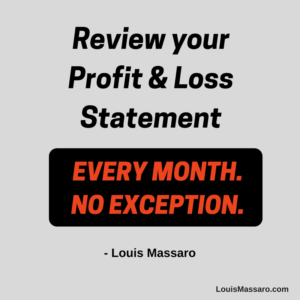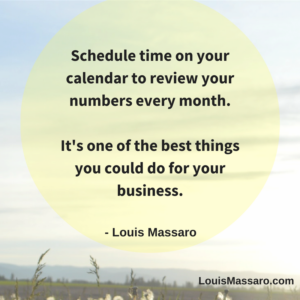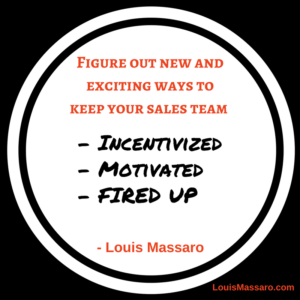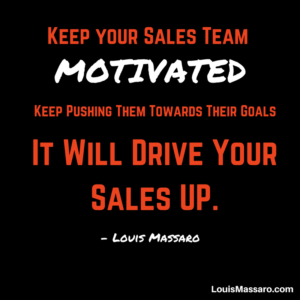Have you ever had fantastic moving sales consultants working for your company? Someone that was so good that you felt like you won the lottery. What do you do when you have someone like that and they leave? What if you’ve never had someone like that and you want to hire one?
The key is to have a process down for recruiting, screening, hiring, training and motivating.
In this episode, I share with you a 5 step process for hiring rock-star moving sales consultants anytime you need them.
1 . Place an Ad on Indeed & Craigslist – The quickest way to find new hires is to place an ad on Indeed and Craigslist. When you need someone new in sales you cannot always wait for a good referral. By having a great ad that you place online you will generate the “leads” for new salespeople.
2. Screen Calls with a Dedicated Phone Number – When hiring someone for phone sales, one of the most important things to look for is how they sound on the phone. You want to hire someone that represents your company well and sounds great. By having all of your potential employees call in and leave a message on a dedicated line, you will be able to screen the calls and find people that sound great on the phone.
3. Do a phone Interview – After you have filtered out your messages of potential employees, you will want to call the ones back that sounded like they would represent your company well. If you are hiring for a phone sales position, you should conduct your first interview over the phone. If you have a great conversation and they are able to sell you on why they would be a great fit, then invite them in for an in-person interview.
4. Do an In-Person Interview – This is where you will do your more formal interview. You will want to review their resume, discuss pay expectations, job description and check their references. Take interviewing seriously and be thorough in your process. Once you hire them, you will be putting time, money and energy into training them. Do your best at the begging to make the best hire you can.
5. Hire, Train & Motivate – If the interview goes well and you feel that they would be a great fit in your company, hire them. Make sure that you have a process in place. Once they are hired to get them trained right away. You also need to keep them motivated. Just look at this as all one event “Hire, Train & Motivate”.
Having a team of great moving sales consultants is crucial to getting your company to the next level. It doesn’t have to be a difficult process. You also shouldn’t sit back and wait for someone good to fall out of the sky. Take this five-step process and try it out the next time you need moving sales consultants. You will see how easy it can be.
Watch the video above for the full episode.
Like this episode? Please share it! My blog and videos are ad-free ONLY because you share my work!
How can I help? What challenges are you facing in your business? What areas could you use some tips in?
Leave me a comment below and I will be more than happy to get back to you or post a video on the topic.
Follow Louis on Instagram for tons of great quotes.
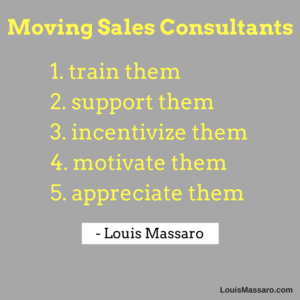

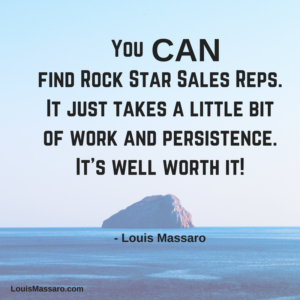
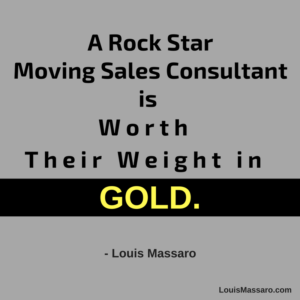
Full Transcript
[The following is the full transcript of this episode.]
Hey, my friend, it’s Louis Massaro, author of 10 Rules of a Profitable Moving Company, and founder of Moving Mastery. Have you ever found a really good sales consultant and feel like you got lucky, or you won the lottery by finding ’em? Or do you struggle to find good people to help answer your calls and do your estimates?
Today we’re gonna talk about five steps to hire rockstar sales consultants. Because, listen, the difference between an okay sales consultant and a rockstar sales consultant can be a few hundred thousand dollars a year in revenue per consultant. If you have somebody that’s booking $40,000 a month in business versus, let’s just say, $60,000 a month in business, which isn’t even necessarily a rockstar, but they’re booking $20,000 a month more in business, that’s almost a quarter million dollars a year. So that’s a big difference, so you wanna be able to hire and bring in really good sales consultants. And we’re gonna talk about five steps that you could take to do that on a consistent basis and when you need somebody new you won’t need to worry about, “Where do I find them, what do I do?” ‘Cause with a little bit of work and little bit of persistence you could definitely find the rockstar that you’re looking for.
Let’s jump right into it. The first thing you’re gonna need to do is place an ad, on either Craigslist or Indeed. I would do both and I would also make sure that the Craigslist ad you’re posting several times a day, because it will move down as the day goes on. So if you’re gonna start the hiring process, let’s say on a Monday, maybe Monday, Tuesday, Wednesday you run it three times throughout the day, just so you stay up top and you stay relevant. If you can find a referral for somebody, that’s always great too, but when you need a sales consultant and you need somebody, whether you’re growing, whether someone else quit, or you had to fire or let somebody go, you don’t wanna be in a position where you have to wait and ask around. You want a quick process that you can go through and find somebody that you need right away. So you place the ad in Craigslist and Indeed, those are the two I find work the best.
And the next step, you’re gonna wanna screen the calls with a dedicated phone number.This is really, really important, and almost like a little secret that I’m letting you in on, because if you put a dedicated number in the ad and have ’em call that number, and that number goes to voicemail, don’t answer the phone, have it go to voicemail. Either use your business line, and have a separate line, a cell phone that goes straight to voicemail, whatever it may be, leave a message on there that says, “Hi, this is ABC Moving Company, we’re currently hiring for a moving sales consultant. Go ahead and please leave your name and phone number and tell us why you’d be a good fit for the position, and if we feel you’re a good fit, we’ll give you a call back.” The reason you wanna do this is because if you’re looking for someone to be a sales consultant, you’re looking for somebody to be on your phones talking to your customers, you wanna hear how they sound on the phone. You don’t want to spend time reading resumes of white paper with black ink on it. What is that gonna tell you? Everyone’s gonna make themselves look good in a resume, but if you’re hiring for phone sales, if you’re hiring for a phone sales position, you wanna hear how they sound on the phone.
So now you go through these recordings and if they sound great, you hit save. And if they don’t sound good, like somebody that you want to represent your company, however that sounds, hit delete. If they sound like somebody you want to represent your company, save, if they don’t sound like somebody you want to represent your company, delete. You go through the list, you don’t have to talk to everybody, and you call back the ones that already have a good start, they already sound good. Because sounding good on the phone is one of the most important qualities that you’re looking for when hiring a moving sales consultant.
So once you do that, then you give ’em a call back and you do a phone interview. Don’t invite them into the office yet, do a phone interview first. It could be some generic questions, but the idea is get in a conversation with them. See how they carry themselves over the phone with you, because they should be able to sell you, not necessarily in a cocky way, on how good they are, but you should get a sense over the phone like, “Yeah, this person’s good. They’re selling me right now on why I should hire them.”
That’s what you want. If you’re looking for somebody that’s a rockstar, that’s what you want. So you’ve kind of weeded out a lot of the calls and you’ve skipped over the process of looking through resumes. If you’re good at looking at resumes and you have a good track record of being able to spot good sales people from their resumes, keep doing it. But for me, I like to hear how they sound on the phone, and then do a phone interview.
And then once I do a phone interview, then I’ll invite ’em in for an in-person interview. This is where you start to look at their resume, this is where you start to look at their references and get a good feel for their reliability and will they be a good fit in your culture. But at this point, you already know they sound good, you’ve listened to ’em on a message, they left a good message, which is very important, because if they’re gonna be a moving sales consultant, they’re gonna be leaving a lot of messages for leads. And how they take that message and how important it is that they leave a good clear message to them without you having to tell them says a lot about the quality of person they’re gonna be when they get on your phones.
Once you’ve done an interview, if you feel like this person’s a good fit, you’ve gone over pay expectations, you make sure you know what they’re looking to make and that they can make that in your company, whether you’re doing salary or commission, you know you’re in the same ballpark. Because if they’re looking for $150,000 a year, they might be a stud, they might be a rockstar, but if they can’t make that in your company, and they may be able to, it depends on the position, it depends on your company, but if they’re totally out of line with where you are, you have to be honest and realistic about what they can make working for you, because it won’t be long before they discover that they’re not gonna be able to make what they’re looking for, and they’ll be gone.
Don’t sell them false promises, but know what’s possible and give them a range. Say, “Listen, our average sales rep’s making this, high end’s making this, this is kinda where we’re at,” and give them an idea of where they’re gonna be and then you could hire them. If you’re on the same page and you’re getting a good vibe, then you could hire them. And take this seriously. If you have somebody in your company that’s doing it for you, maybe you don’t like hiring, maybe the whole process is just tedious for you. I think going through these steps is much easier than maybe how you’ve done it in the past where you had to look at resumes and things like that, do it yourself. Unless you have a really good sales manager that you trust their opinion on who they’re hiring, do it yourself and get a feel for who you’re bringing into your company. Who’s representing your company as the front end, as the first person that your potential customers are gonna talk to?
Now you’ve placed an ad, you’ve done a dedicated phone number to screen the calls, you’ve done a phone interview, you’ve had an in-person interview, and now if you’re gonna hire them, hire them, train them and motivate them all at once. Don’t just hire somebody and say, “You’re gonna start Monday.” And Monday comes and they kinda sit around, and they don’t really know what’s going on, and, “Yeah. Hi, I’m the new guy,” and maybe they shadow somebody. Bring ’em in, get them trained thoroughly, right away. Make sure they know everything they need to know because that gives them the confidence they need to sell. It doesn’t matter how good of a salesman you are, if you don’t know the material, and you don’t know what it is you’re selling, and you’re not familiar with the process, you’re not gonna be able to sell unless you’re lying through your teeth, and that’s not what you want. Give ’em the training and give ’em the motivation, because it could be discouraging at first. As they start to understand how to give estimates, and how to go through inventories, and how to estimate packing, and all the different intricacies of what they’re gonna need to learn, you wanna make sure you’re giving them some sustained motivation along the way.
When you hire ’em, hire ’em, train ’em, motivate ’em. These are five simple steps to bringing in rock stars whenever you need them. If you’re in a position where maybe you have somebody now that’s just not a good fit, but you just don’t feel like going through the hiring process, go through these five simple steps. Find somebody that’s gonna be a good fit for your company, that’s gonna sell, make you money, make them money, and be a good member to your environment, to your culture. You need good sales reps. You need good moving sales consultants in your company to bring in revenue. Otherwise, you might as well start burning up all the leads that you’re getting, because if you’re spending money on marketing and you don’t have somebody good on the phone to take that call, whether they’re taking a call and estimating it right there on the spot, or they’re sending out an estimator to go out and do an on-site, you need that front line to be good. That’s how you’re gonna bring in the money. That’s how you’re gonna bring in the business.
If you need sales reps, if you have more leads than you can handle, don’t try to handle it with not enough reps. Hire somebody, and if they’re good, they’re gonna be worth their weight in gold. I hope this was helpful. If you’re not already signed up for my blog, head over to louismassaro.com. I’m sending out great information every week on the moving business, on sales, customer service, marketing, leadership, mindset, everything. Until then, I’ll see you next week. Go out and profit in business, thrive in life, have a great day.
